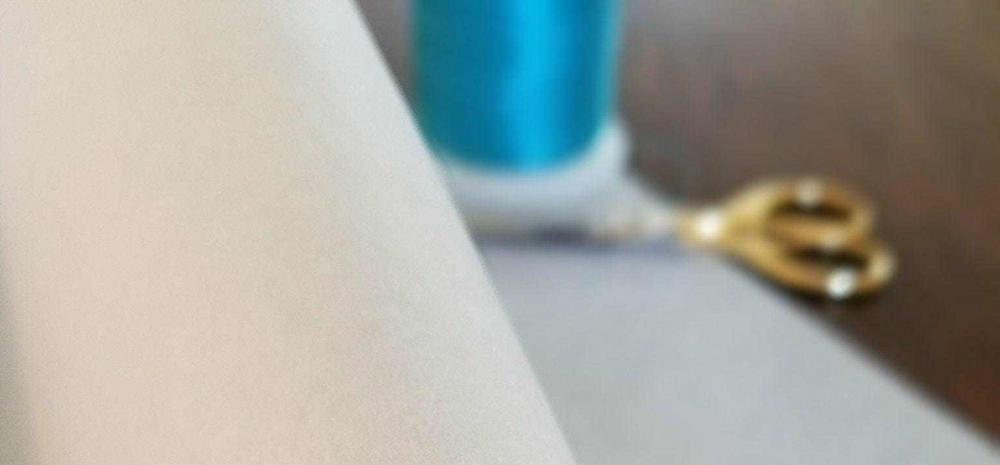Search the Community
Showing results for tags 'basics'.
-

Tearaway adhesive stabilizer
diver361 posted an article in Machine embroidery materials and technology
Tearaway adhesive stabilizers are used for the embroidery designs on various fabrics. The main goal of a sticky stabilizer is the prevention of puckering; it is, perhaps, its only goal if you don’t count the ones that rampant imagination can conjure. Adhesive stabilizers vary in weight. The most lightweight stabilizers are intended for delicate fabrics (batiste, sateen, satin). Heavier stabilizers are used when working with such fabrics as drape cloth, linen, denim, etc. Tearaway adhesive stabilizer You can purchase black and white stabilizers in world As I’ve already said, they vary in weight: the higher the weight, the thicker and stronger the stabilizer. Stabilizers are similar to paper made from pressed fibers, they have one coarse and one smooth side covered with a layer of glue. The only difference between sticky and non-sticky stabilizers is the adhesive layer. It allows gluing fabric to the stabilizer with the help of an iron and nothing else. Weight is the main property of a stabilizer. It is measured in grams per m2. The greater the number, the denser the stabilizer. The figure may vary from 25 to 130 g/m2. The lightweight stabilizers are used with thin and delicate fabrics, whereas heavyweight stabilizers – with dense and thick ones. Composition: 50-70% cellulose and 25-30% synthetic fibers, also 100% rayon or 100% polyester. Stabilizers are often sold without any marking, and newbies get puzzled trying to figure out whether it is good for the fabric they've chosen or not. It is very easy to define stabilizer density by touch. Feel the material and take a cue from that. The stabilizer should not be much denser than your chosen fabric, otherwise, you’ll get a thick patch on the thin fabric. When buying an adhesive stabilizer, try and learn who produced it, how it is marked and what fabrics it is intended for. In case it's difficult for you to remember a wide variety of stabilizers, create a supplementary sheet for every one you own, fill in all the relevant information and attach a sample. This will help you to distinguish among the different types of stabilizers. Usage embroidery stabilizer. Sticky stabilizers are used when there is a high possibility of puckering during the embroidery, and no hooping restrictions apply. In order to attach the stabilizer, place the fabric with its wrong side facing up, and put the stabilizer on top of it with its sticky side facing fabric. With a hot iron glue the stabilizer to it. Hoop the “sandwich” with the right side of the fabric facing upward. After the embroidery is completed, carefully tear away the stabilizer along the edges. Tearaway adhesive stabilizers are also noted for being easy to remove from the wrong side of the fabric after the work has been completed. If the stabilizer does not tear, it is not a tearaway, but a cutaway. A tearaway adhesive stabilizer should tear easily in all directions. When purchasing a stabilizer, give preference to those that tear more easily. They will make your job easier. It’s better not to use tearaway adhesive stabilizers when doing Walk Stitch or Run Stitch because they are hard to remove from the wrong side. If, for one reason or another, you had to use a stabilizer, tear it away gently on completion, so as not to damage the stitch lines. Storage rules. Store the carefully folded stabilizers in a plastic bag where the sun cannot reach them. Bear in mind that the stabilizer’s adhesive layer may deteriorate in the course of time, and therefore, do not buy the three years supply. Keep to the minimum. Try not to crease the stabilizer, because this will damage its adhesive properties.



